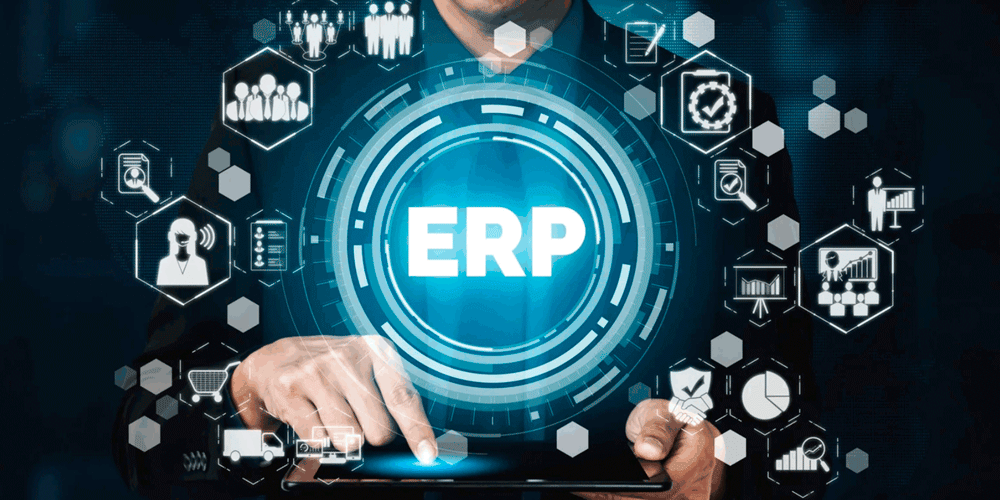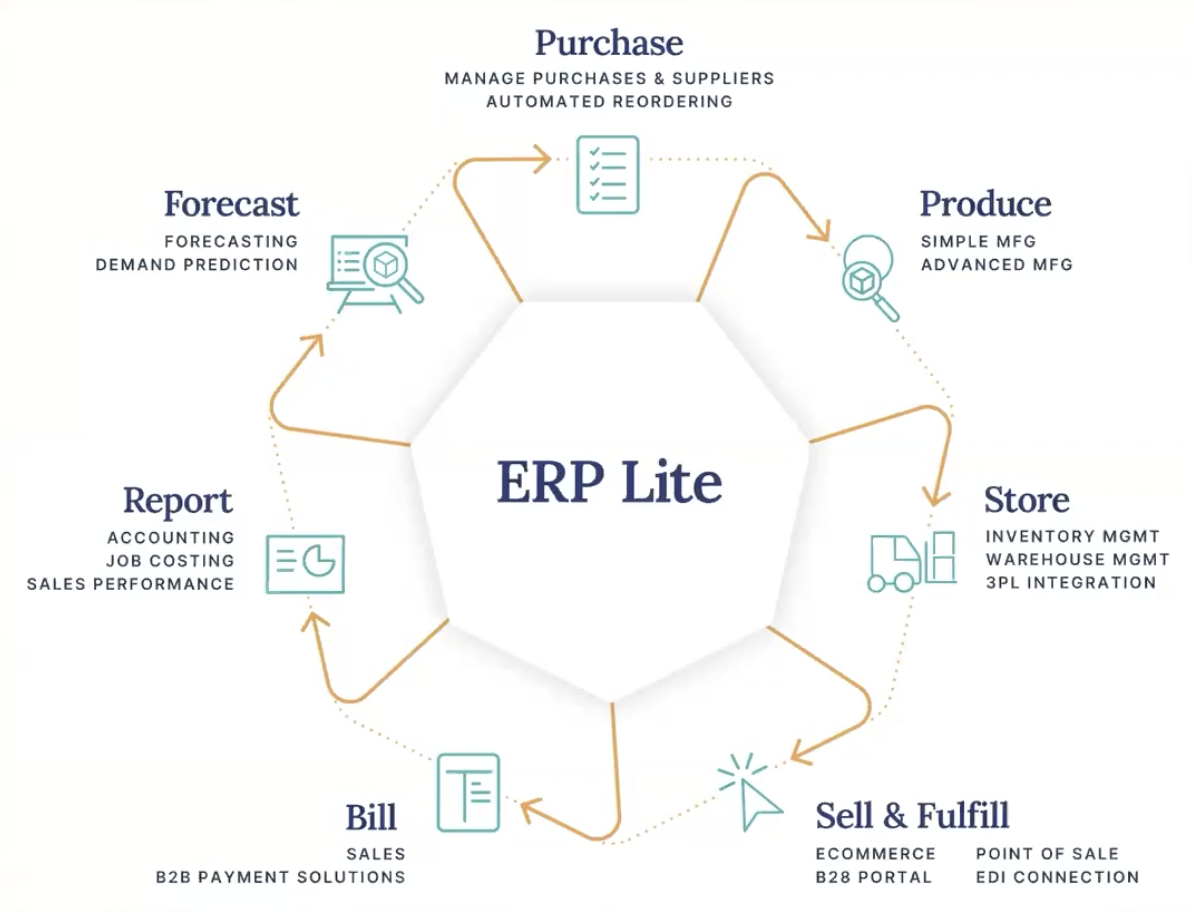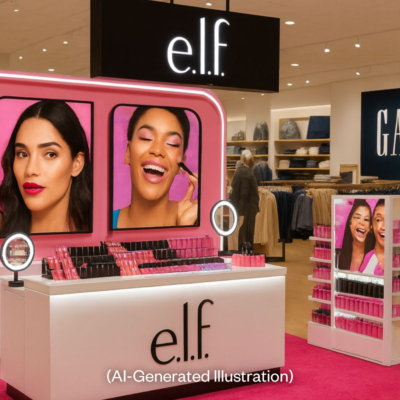
Want To Scale A Beauty Brand? Understand The Backend
Scaling isn’t just about another shelf at a big retailer or seizing upon viral momentum. For beauty brands, it brings operational complexity that can implode the business if it isn’t handled deftly.
Enterprise resource planning (ERP) is table stakes as brands move beyond direct-to-consumer selling and build multi-channel distribution networks that require more advanced oversight in inventory, fulfillment, manufacturing and vendor management. ERP software consolidates those functions into a single system that keeps operations chugging along as brands scale. Cin7 specializes in helping small businesses and emerging beauty brands scale up to $100 million in revenue through ERP software and services.
“As you hit that level of success, you find that everything happening in your back office becomes more complicated,” said Josh Fischer, VP of product at Cin7, during a recent Beauty Independent In Conversation webinar. “ERP is…the entire back office operations held in one source of truth and then that source of truth is used to integrate with all of your different sales channels.”
Fischer was joined by supply chain experts Dipti Desai, CEO and co-founder of Electronic Data Interchange (EDI) platform Crstl, and Ellen Tonkin, sales leader and channel partnerships at EDI, sales and item data company SPS Commerce, for the webinar, which was sponsored by Cin7. Ahead, we share five key takeaways from the discussion pertinent to emerging beauty brand founders.
ERP and EDI systems work in sync
Selling into any large national retailer, be it Target, Walmart, Ulta Beauty or Sephora, requires brands to be EDI compliant. An important system that transmits orders and shipping data from retailers, EDI should be integrated within a brand’s ERP system to automate transactions and ensure smooth communication between brands and their partners. Integration prevents manual data entry errors and other critical missteps that could impede the relationship.
“If those systems don’t talk to each other, you end up with disconnected data and that’s how chargebacks or missed shipments happen,” noted Tonkin. “Integration means your order flows automatically, your inventory updates in real time, and your retail partners trust your accuracy.”
EDI is super complex
EDI transmissions from retailers are typically filled with unreadable code and are nowhere near as easy to integrate into a brand’s ERP system as a standard purchase order from a mom-and-pop shop. On top of that, nearly every retailer implements EDI slightly differently and can necessitate different documentation from brands. The four main documents generally required by retailers are purchase orders, purchase order acknowledgements, advance shipment notices and invoices.
Companies like SPS Commerce and Crstl translate and integrate EDI communications into brands’ ERP systems, eliminating the time-intensive and frustrating task of decoding raw data files manually. Unlike with an ERP provider like Cin7, brands must have separate contract agreements with companies like SPS and Crstl.
“If Target and Walmart had the same exact documents they require for EDI, there’s going to be some nuances in that specific file format. We don’t want our customers to have to go through all of that code and figure out how to map that difference between Target and Walmart’s requirements,” said Tonkin. “They just want to say yes to new business, grow scale, get into the next retailer and not have to worry about all of the different changes that every retailer requires.”

Brands have to level up their mindset to level up their business
Technology can only take a brand so far. Achieving efficient scale doesn’t just require more advanced software. It also requires a shift in culture from the ground up that prioritizes operational excellence at its core.
“I often see that brands under invest in it,” said Desai. “Somebody wise once said, ‘Sales drives revenue and operations drives profits.’ So, investing in operational excellence is incredibly important if you care about your margins. Both preserving them but also growing them.”
Understand the backend of your business early
While operations aren’t nearly as sexy as marketing, branding or retail to brands, Fischer advises them to focus backend workflows early before ERP is even implemented. He said, “You want to understand how that machine works because when you do get to the point where you’re implementing a system like Cin7, having that clear understanding of how information flows is going to help you get that system implemented so much faster.”
He continued, “And when you go live, you can be confident in the stability because it matches your knowledge around how the machine operates inside your business.”
Not all ERP providers are created equal
Traditional ERP providers like NetSuite generally demand high investments and lengthy implementation, often pricing out smaller brands. According to Fischer, brands should budget at least six figures for a NetSuite subscription and six months of implementation before the software is fully operational. Cin7 positions itself as a more affordable alternative that clients can set up themselves.
“We’re about one-tenth the cost of something like NetSuite. We have thousands of customers that have actually implemented Cin7 on their own,” said Fischer. “They spent time reading the documentation, watching the videos, getting their head wrapped around the steps to getting the system up and running, and they’ve been successful.”
Cin7 is offering 50% off of three months of its services to Beauty Independent readers and subscribers.




